Crafting the Perfect Cover Letter When the Name is Unknown
Writing a cover letter is a crucial step in the job application process. It’s your first impression, your chance to showcase your personality and qualifications, and make a compelling case for why you are the ideal candidate. However, what do you do when you don’t know the name of the person to whom you should address the letter? This can feel like a significant hurdle, but with the right approach, you can still create a powerful cover letter that gets noticed. This guide will walk you through the strategies for writing an effective cover letter, even when the recipient’s name remains a mystery. We’ll explore how to address the letter, research to find the name, and structure your content to make a positive impact.
The Importance of Addressing Your Cover Letter Correctly
Addressing your cover letter appropriately sets the tone for your application. It shows that you’ve taken the time to personalize your message and that you’re serious about the opportunity. A well-addressed cover letter demonstrates attention to detail and respect for the hiring manager or recruiter. When the recipient’s name is known, it adds a personal touch, creating an immediate connection. However, even when a name is unknown, careful consideration is still required to choose the most appropriate and professional salutation.
Why Knowing the Recipient’s Name Enhances Impact
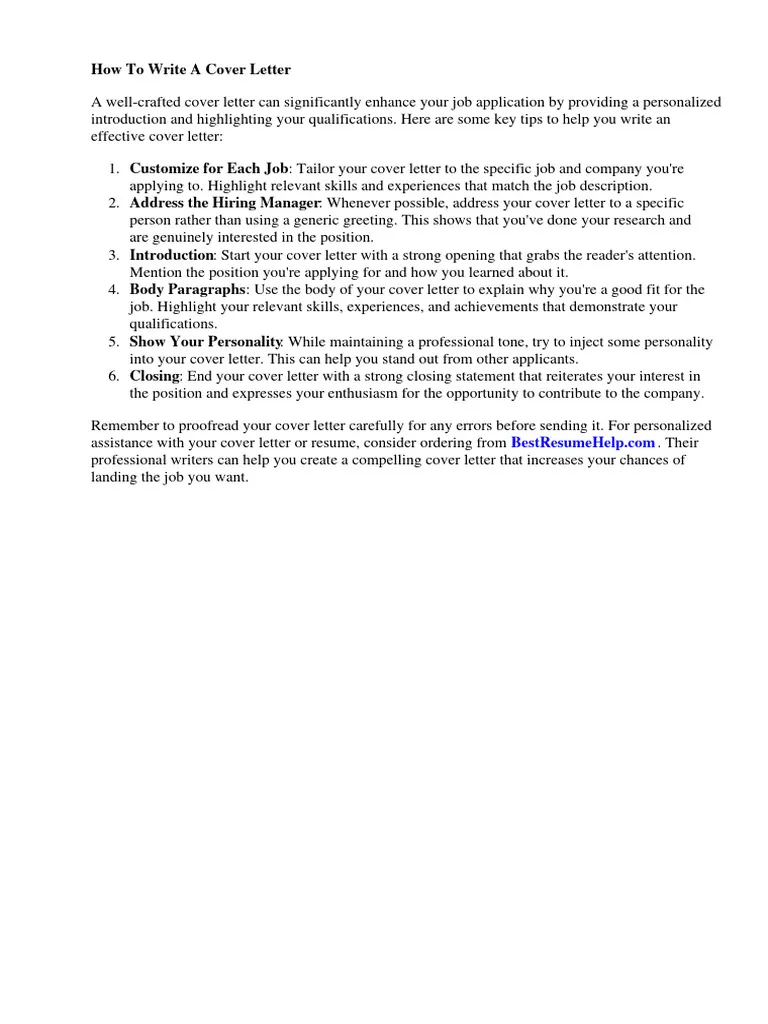
Addressing a cover letter to a specific individual, such as “Dear Mr. Smith,” immediately makes your application feel more personalized. It suggests that you’ve taken the extra step to learn more about the company and the people involved. This personalization can significantly increase the impact of your cover letter, as it signals that you’re genuinely interested in the role and the organization. It demonstrates a level of effort that can make your application stand out from the many others. It suggests that you are not just sending a generic application, but that you’ve targeted this role specifically.
When It’s Acceptable Not to Know the Name
There are circumstances where not knowing the name is unavoidable. This is common when applying through online portals that don’t provide contact information or when the job posting simply doesn’t include a name. In such situations, it’s perfectly acceptable to use alternative greetings. The key is to choose a professional and thoughtful alternative that aligns with the company’s culture. Keep in mind that if you have the opportunity to find out, it is always better to use the recipient’s name. Make an effort to identify the hiring manager to add that personal touch.
Effective Greetings for Cover Letters Without a Name
When you don’t have a specific name, the greeting you choose can be the difference between your cover letter being read or overlooked. The greeting sets the tone for the entire letter, so it needs to be professional and respectful. Fortunately, there are several alternatives to using a specific name that can still make your application stand out and maintain the professional demeanor required in a job application. The goal is to show you care and want the job, even if you do not know the name of the person in charge.
Best Practices for Generic Greetings
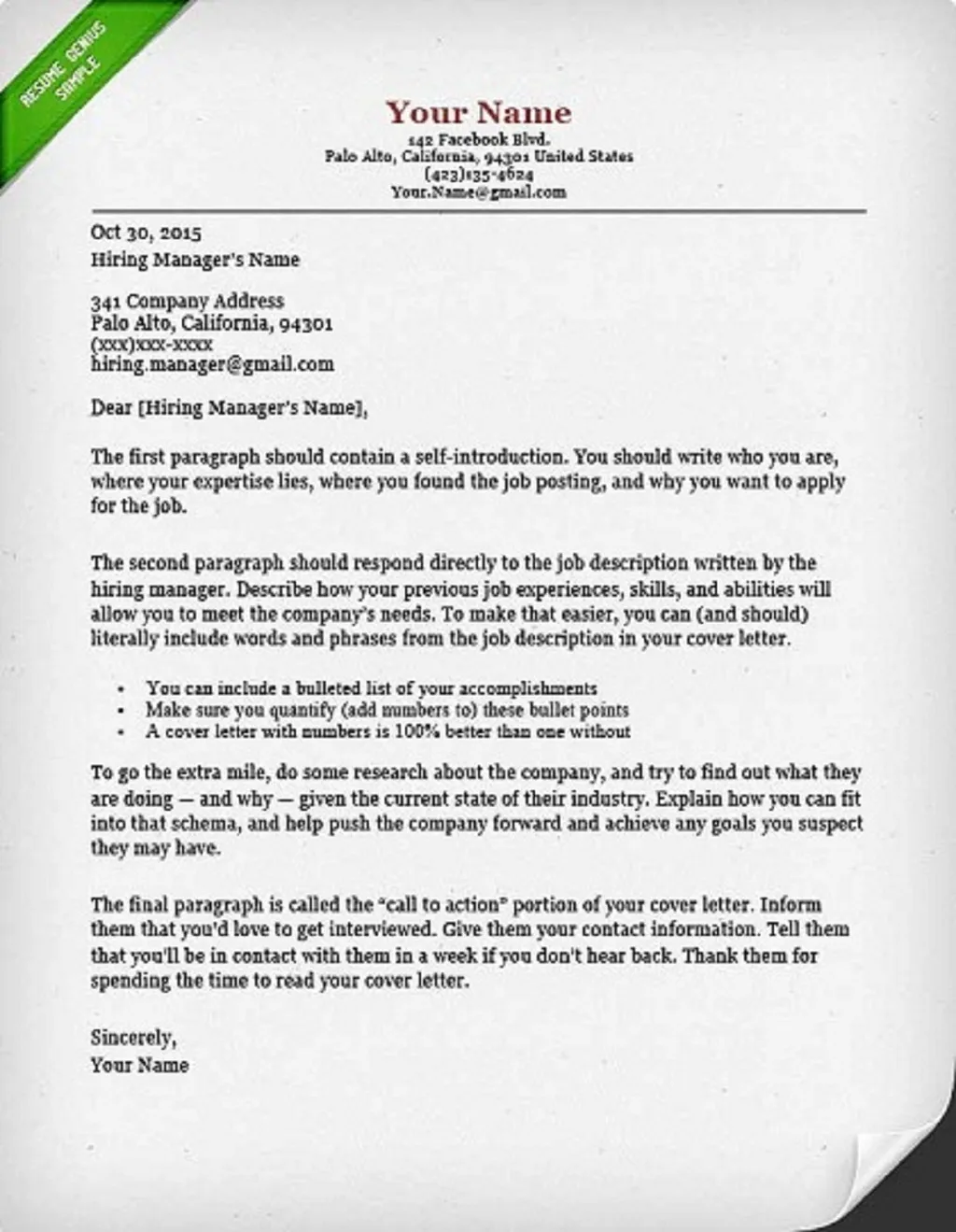
Using a generic greeting requires careful consideration. Avoid overly casual greetings, which can make your application appear less professional. Instead, opt for greetings that are formal yet respectful. Ensure that your greeting aligns with the company’s culture. If the company has a more relaxed, modern culture, a slightly less formal greeting might be appropriate. In any case, the goal is to maintain a professional tone that demonstrates your respect for the opportunity.
Alternatives to ‘To Whom It May Concern’
“To Whom It May Concern” is a widely used greeting, but it can come across as impersonal. While it’s acceptable, it’s often better to use a more engaging option. Consider alternatives like “Dear Hiring Manager,” or “Dear [Department Name] Hiring Team.” These greetings are more specific and demonstrate that you’ve researched the role and the company. In cases where you know the department, it will help the hiring team understand the role you want to take.
Addressing the Hiring Manager
If you can identify the hiring manager’s title, using “Dear Hiring Manager” is a great choice. This shows you’re targeting the individual responsible for making hiring decisions. If the job posting is through a large organization, you can use “Dear Hiring Team.” This shows respect for the people involved in the hiring process. In many cases, the hiring manager or a member of the hiring team will take time to read your cover letter and resume. Tailor your letter to what they want to see.
Researching to Find the Hiring Manager
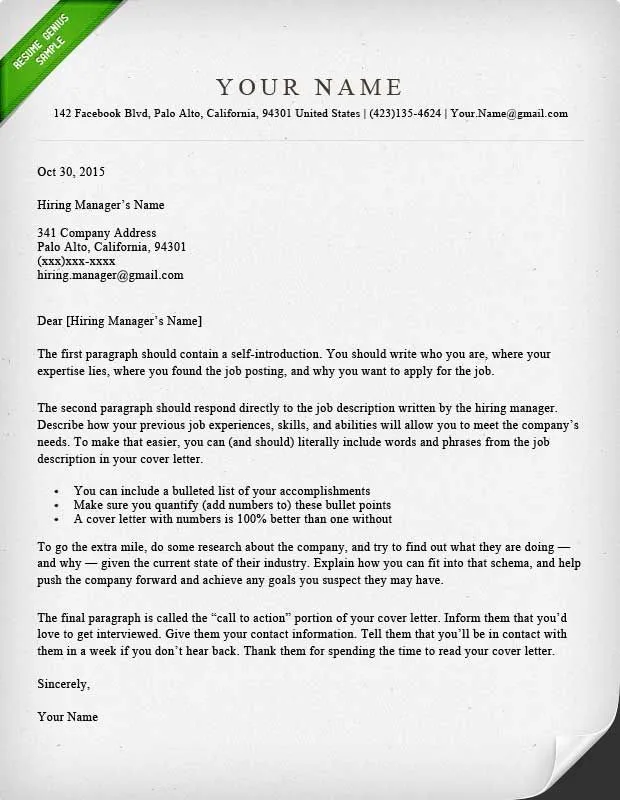
Although you may not have a name initially, a bit of research can often uncover the hiring manager’s identity. This can add a crucial personal touch to your application. Taking the initiative to find this information can set your application apart. Here are some key strategies to increase the chances of finding the hiring manager’s name. Any effort you invest can pay off significantly. The difference between a general greeting and a personalized one can determine whether your application stands out.
Utilizing LinkedIn for Contact Information
LinkedIn is a powerful tool for job seekers. Search the company’s profile to find the hiring manager or recruiter. Look for individuals in the relevant department or those who have posted the job opening. Even if you can’t find the exact hiring manager, you might find a recruiter to whom you can address your letter. Once you find a potential contact, carefully review their profile. Look for any information that can help you tailor your cover letter to their preferences. When reaching out, keep your message professional and concise.
LinkedIn allows you to build connections with professionals in your field. [linkedin-search.webp] (Image of a person searching on LinkedIn). Use this to your advantage by sending a short message that asks if they are involved in the hiring process. This approach gives you a chance to network and get your application noticed. Be sure to personalize the request to show you’ve researched their background. The goal is to find out the hiring manager’s name to personalize the application.
Exploring Company Websites for Names and Titles
Many companies have an ‘About Us’ or ‘Team’ section on their website. This can be a valuable resource for finding contact information. Look for information about the company’s leadership or departmental heads. If the job posting is for a specific department, you might be able to identify the manager. Check the company’s website for any clues that may include a name or the title. Once you find a potential name, verify it before using it in your cover letter. Check the company’s contact page for a general email address. [company-website.webp] (Image of someone looking at a company website).
Structuring Your Cover Letter for Unknown Recipients
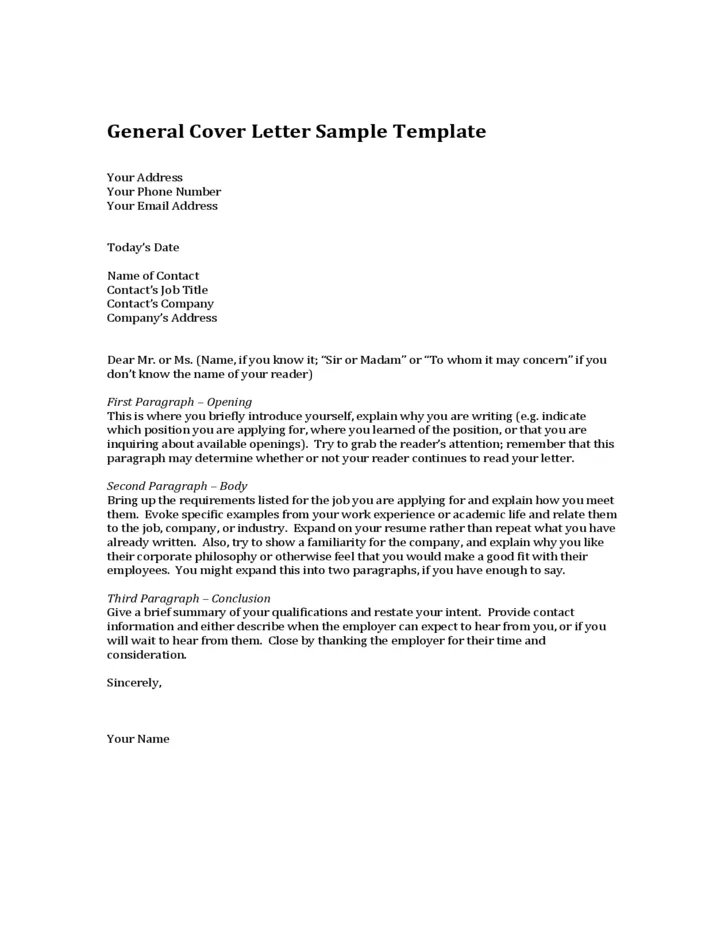
Even without a name, you can structure your cover letter to be compelling and engaging. The key is to focus on the company’s needs and values while highlighting your skills and experiences. Consider what the employer is looking for and tailor your cover letter to match. Proper formatting and a clear structure make it easier for the hiring manager to read and understand. Every element of your cover letter, from the opening statement to the closing, must contribute to making a positive impression. This is your opportunity to showcase your professional writing abilities.
Creating a Strong Opening Statement
Your opening statement is critical. It’s your first chance to grab the reader’s attention and create a positive impression. State clearly what position you’re applying for and briefly mention where you saw the job posting. If you have a direct referral, mention it here. Briefly mention something unique or impressive about yourself, or how you align with the company’s mission. This should hook the reader from the start. A concise and engaging opening can make the difference between being read and being put aside. [strong-opening.webp] (Image of an opening paragraph of a cover letter).
Focusing on the Company’s Needs and Values
Show the employer you understand their needs. Research the company’s values, mission, and recent projects to tailor your cover letter. Highlight how your skills and experiences align with their objectives. Provide specific examples of how you’ve contributed to similar successes in the past. The best cover letters are those that provide the potential employer with a view of your past experience and how they can utilize your talents. This demonstrates that you understand the company’s goals and how you can contribute to them. This shows the potential employer that you are not just looking for a job, but a place to work.
Highlighting Your Skills and Experiences
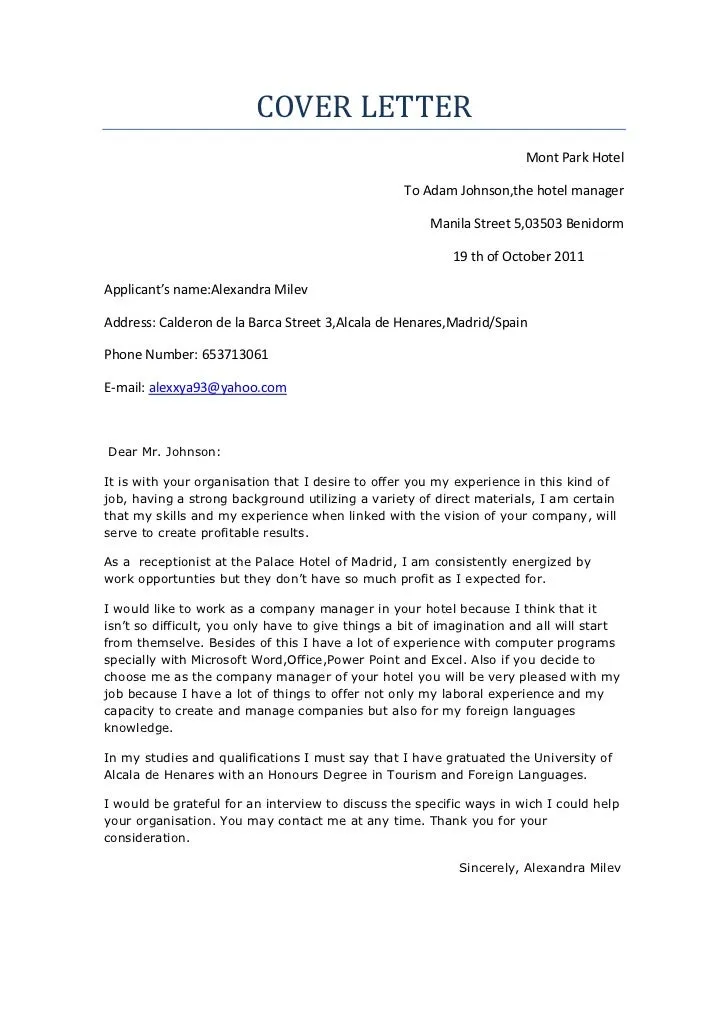
The body of your cover letter is your opportunity to showcase your qualifications. Carefully review the job description and highlight the skills and experiences that match the requirements. Provide concrete examples of how you’ve used these skills to achieve positive results. When possible, quantify your achievements to demonstrate the impact you’ve made in previous roles. Use action verbs and concise language to make your accomplishments clear and compelling. A well-written cover letter will highlight your strengths and make it clear why you’re the best fit. [skills-highlight.webp] (Image highlighting skills in a cover letter).
Tailoring Your Cover Letter to the Job Description
Each cover letter should be tailored to the specific job. The job description is your guide. Identify the key skills, qualifications, and experiences required for the role. Then, use your cover letter to demonstrate how your background aligns with those requirements. Provide specific examples that showcase how you’ve applied your skills. Be specific when you explain what you’ve done, the actions you took, and the results you achieved. This targeted approach shows employers that you’re serious about the position and that you’ve researched the role and the company.
Showcasing Relevant Achievements
Instead of just listing your job responsibilities, highlight your accomplishments. Use the STAR method (Situation, Task, Action, Result) to structure your examples. Explain the situation you were in, the task you had to complete, the actions you took, and the positive results you achieved. This shows the employer what you can do for them. Quantify your achievements with numbers, percentages, or other measurable data. If possible, mention how your work contributed to the overall goals of the company. It’s essential to show the employer how your work translates into the company’s success. [achievements-showcase.webp] (Image showcasing achievements in a cover letter).
Concluding Your Cover Letter with Confidence
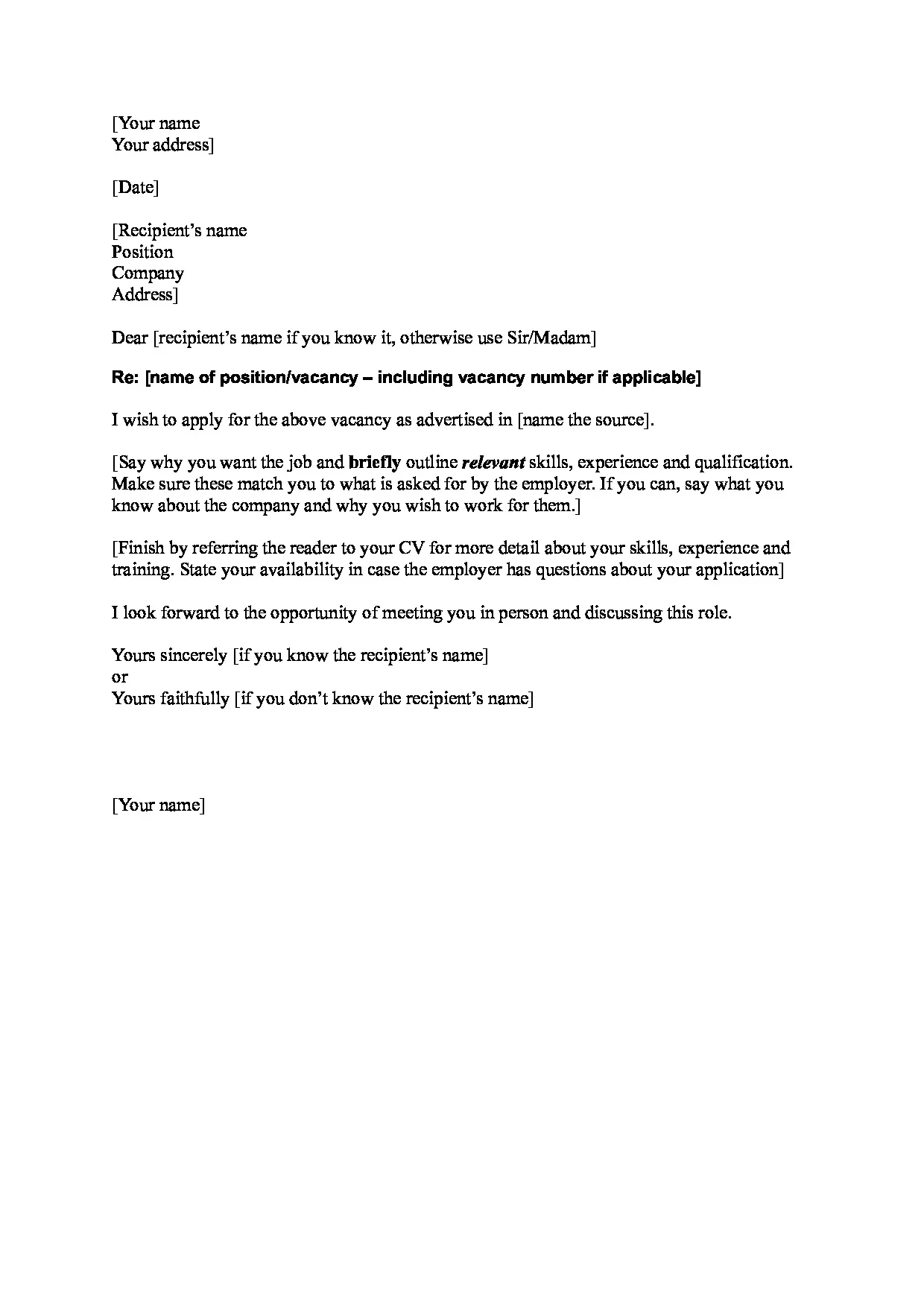
Your conclusion should leave a lasting positive impression. This is your final opportunity to express your enthusiasm and summarize your key qualifications. A strong closing reinforces your interest in the role and makes it easy for the hiring manager to take the next step. The goal is to make the reader feel motivated to contact you. A great closing statement will express your interest and leave them with a clear direction of what to do.
Expressing Enthusiasm and a Clear Call to Action
Reiterate your interest in the position and the company. Mention how your skills and experiences align with their needs. Include a clear call to action. Ask the hiring manager to contact you to schedule an interview. Provide your contact information (email and phone number) again. Express your eagerness to discuss the opportunity further. End on a positive and confident note. This reinforces your value and ensures the hiring manager knows how to reach you. A confident and enthusiastic conclusion can significantly increase your chances of getting an interview.
Proofreading and Editing for Professionalism
Before you submit your cover letter, proofread and edit it carefully. Spelling and grammatical errors can undermine your credibility. Check for any typos, grammatical mistakes, or formatting issues. Read your letter aloud to catch any awkward phrasing or sentences. Make sure the tone is appropriate. Ask a friend or career advisor to review your cover letter for a second opinion. Correct any errors. A polished cover letter reflects your attention to detail and professionalism. [proofreading-editing.webp] (Image of someone proofreading).
Final Thoughts on Writing a Cover Letter Without a Name
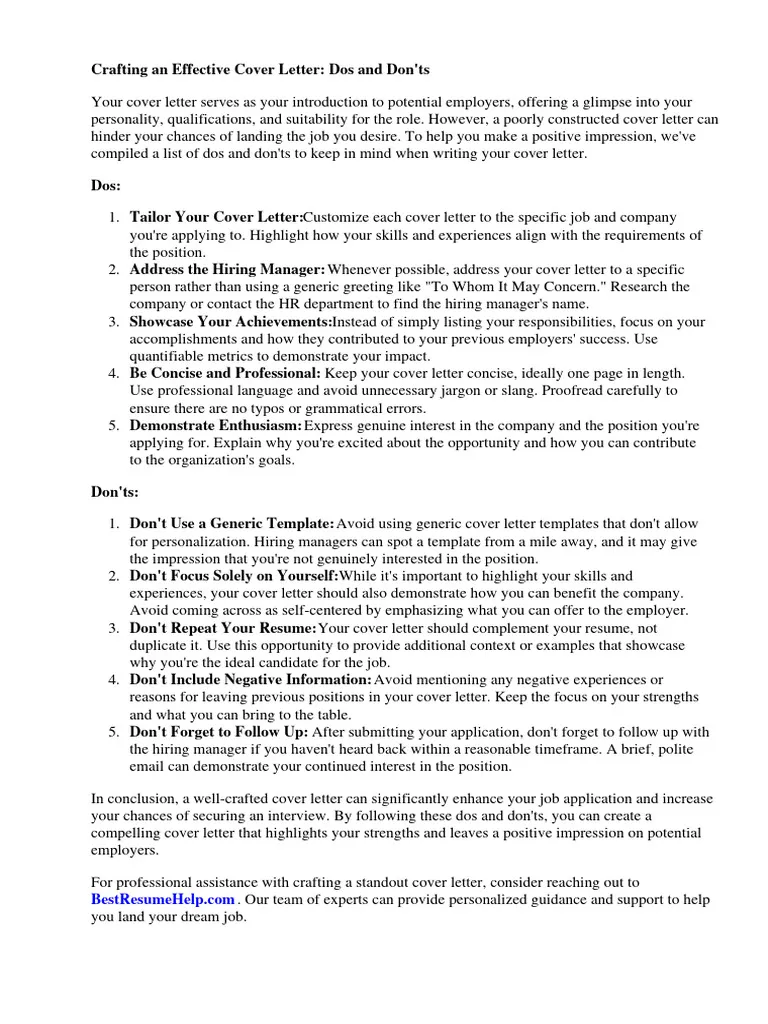
Writing a cover letter without knowing the recipient’s name presents a unique challenge, but it’s not a barrier to success. By following the strategies outlined in this guide, you can create a cover letter that effectively highlights your qualifications and captures the attention of the hiring manager. Research to find the name whenever possible, use professional greetings, focus on the company’s needs, and tailor your letter to the job description. Always proofread and edit your cover letter. With these techniques, you can stand out and increase your chances of getting an interview. [professional-cover-letter.webp] (Image of a professional cover letter).
